Shingle Style Architecture
Shingle style architecture is a uniquely American style of architecture that originated in the late 19th century. It is characterized by a distinctive use of shingles on the exterior walls of buildings, as well as by its asymmetrical form, large porches, and rustic materials. The style is closely associated with the wealthy vacation homes built in coastal areas of the northeastern United States, particularly in the Hamptons on Long Island and in coastal Maine. In this article, we will explore the history and style of Shingle style architecture in more detail, examining its origins, key characteristics, and enduring legacy.

Origins of Shingle Style Architecture:
Shingle style architecture emerged in the late 19th century as a response to the ornate Victorian architecture that was popular at the time. Many architects and designers found Victorian architecture to be too fussy and overwrought. They sought a new, simpler style that emphasized natural materials and a more organic form. Shingle style architecture was one such response to this desire for simplicity and naturalism. The origins of Shingle style architecture can be traced back to a number of different influences. One of the key influences was the Arts and Crafts movement, which emphasized handcrafted work and a connection to nature.
Another influence was the work of American architect and writer Henry Hobson Richardson, who pioneered a new style of architecture that emphasized simplicity, massing, and a sense of monumentality. Richardson's work had a profound impact on many architects of the period, including those who would later go on to design Shingle style homes.
Another major influence was the work of English architect and designer William Morris. Morris was a leading figure in the Arts and Crafts movement, and his ideas about the importance of handcrafted work and natural materials had a significant impact on American architects and designers. Morris's work, which emphasized simplicity and naturalism, was a key inspiration for the Shingle style.

Key Characteristics of Shingle Style Architecture:
Shingle style architecture is characterized by a number of distinctive features. One of the most notable is the use of shingles on the exterior walls of buildings. Shingles were a popular material for siding in the late 19th century, and Shingle style architects used them to great effect, creating a textured, layered look that emphasized the natural beauty of the wood.
Another key characteristic of Shingle style architecture is its asymmetrical form. Unlike many other architectural styles of the period, Shingle style homes did not adhere to a strict, symmetrical plan. Instead, they were often designed in a more organic, free-flowing manner, with irregular rooflines, bay windows, and projecting gables. This gave the buildings a sense of movement and vitality that was absent from the more rigid Victorian styles that had come before.
Large porches were another hallmark of Shingle style architecture. These porches were often expansive, wrapping around the entire building and providing ample space for outdoor living and entertaining. They were a practical response to the popularity of outdoor activities and the desire to enjoy the natural beauty of the surrounding environment.
Another key feature of Shingle style homes was their use of rustic materials. Many Shingle style houses were built from natural stone or wood, and they often incorporated elements of the surrounding landscape into the design. This gave the homes a sense of authenticity and a connection to the natural world that was highly valued by many homeowners at the time.

Enduring Legacy of Shingle Style Architecture:
Despite its relatively short period of popularity, Shingle style architecture has had a lasting impact on American architecture and design. Many of the key features of the style, such as the use of shingles, asymmetrical form, and large porches, have been incorporated into subsequent architectural styles, including the Colonial Revival and Arts and Crafts styles.
One notable example of the enduring legacy of Shingle style architecture is the work of American architect Robert A. M. Stern. Stern, who is known for his residential and institutional work, has incorporated many of the key features of the Shingle style into his designs, creating buildings that are contemporary yet deeply rooted in the history and tradition of American architecture.
Another example of the lasting impact of Shingle style architecture is the popularity of the style in coastal areas of the northeastern United States. The Hamptons on Long Island and coastal Maine, in particular, are known for their large, elegant Shingle style homes, many of which have been carefully preserved and restored over the years. These homes continue to be highly prized by homeowners and architects alike, and they serve as a testament to the enduring appeal of the Shingle style.

Shingle style architecture is a uniquely American style that emerged in the late 19th century as a response to the ornate Victorian architecture that was popular at the time. It is characterized by a distinctive use of shingles on the exterior walls of buildings, as well as by its asymmetrical form, large porches, and rustic materials. The style was closely associated with the wealthy vacation homes built in coastal areas of the northeastern United States, particularly in the Hamptons on Long Island and in coastal Maine.
Despite its relatively short period of popularity, Shingle style architecture has had a lasting impact on American architecture and design. Many of the key features of the style, such as the use of shingles, asymmetrical form, and large porches, have been incorporated into subsequent architectural styles, and the style continues to be highly prized by homeowners and architects alike. As such, the Shingle style is a testament to the enduring power of simplicity, naturalism, and the connection between architecture and the surrounding environment.





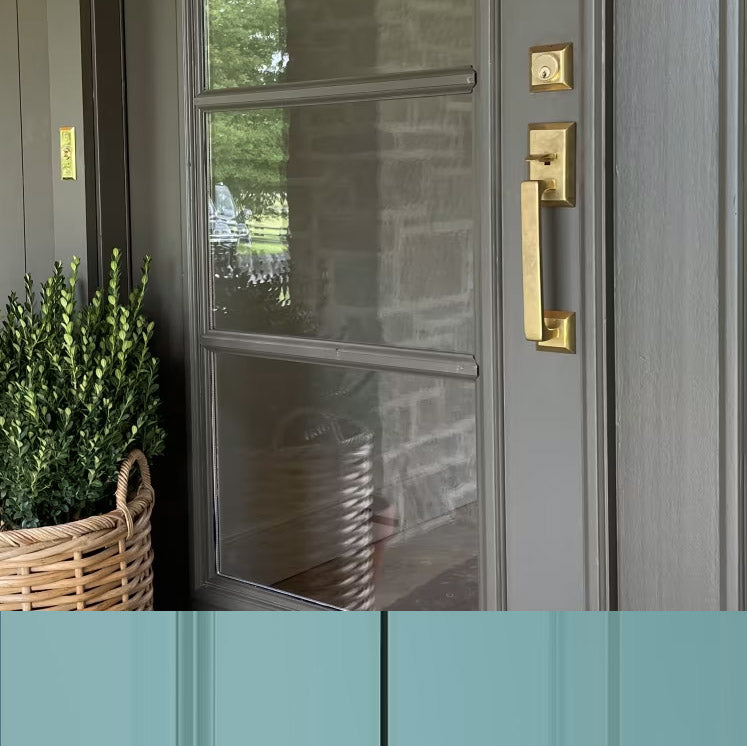
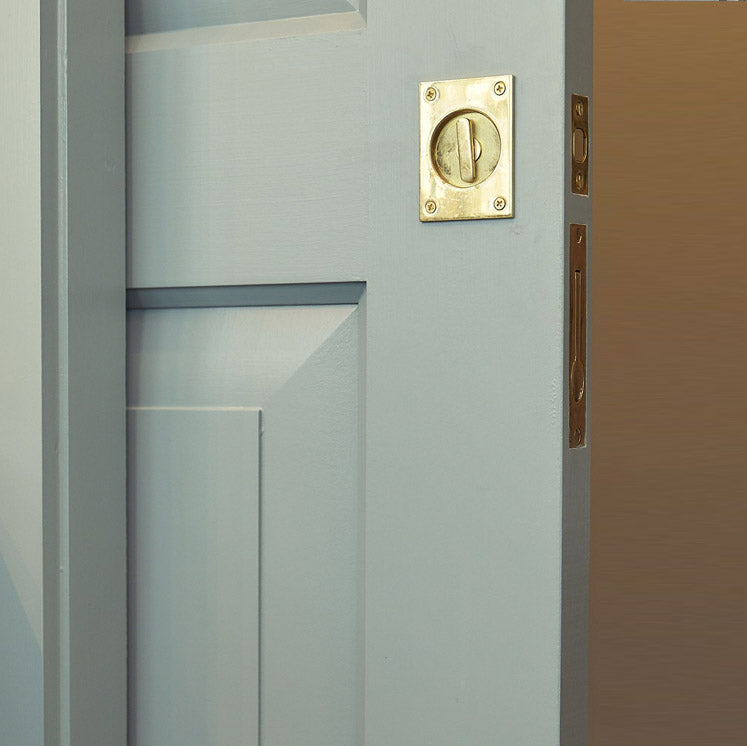



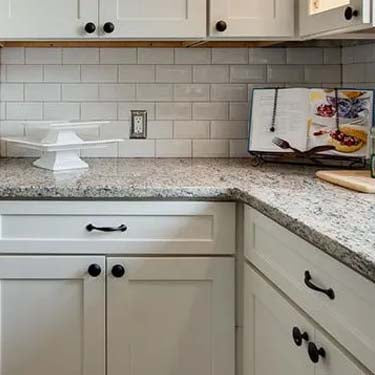



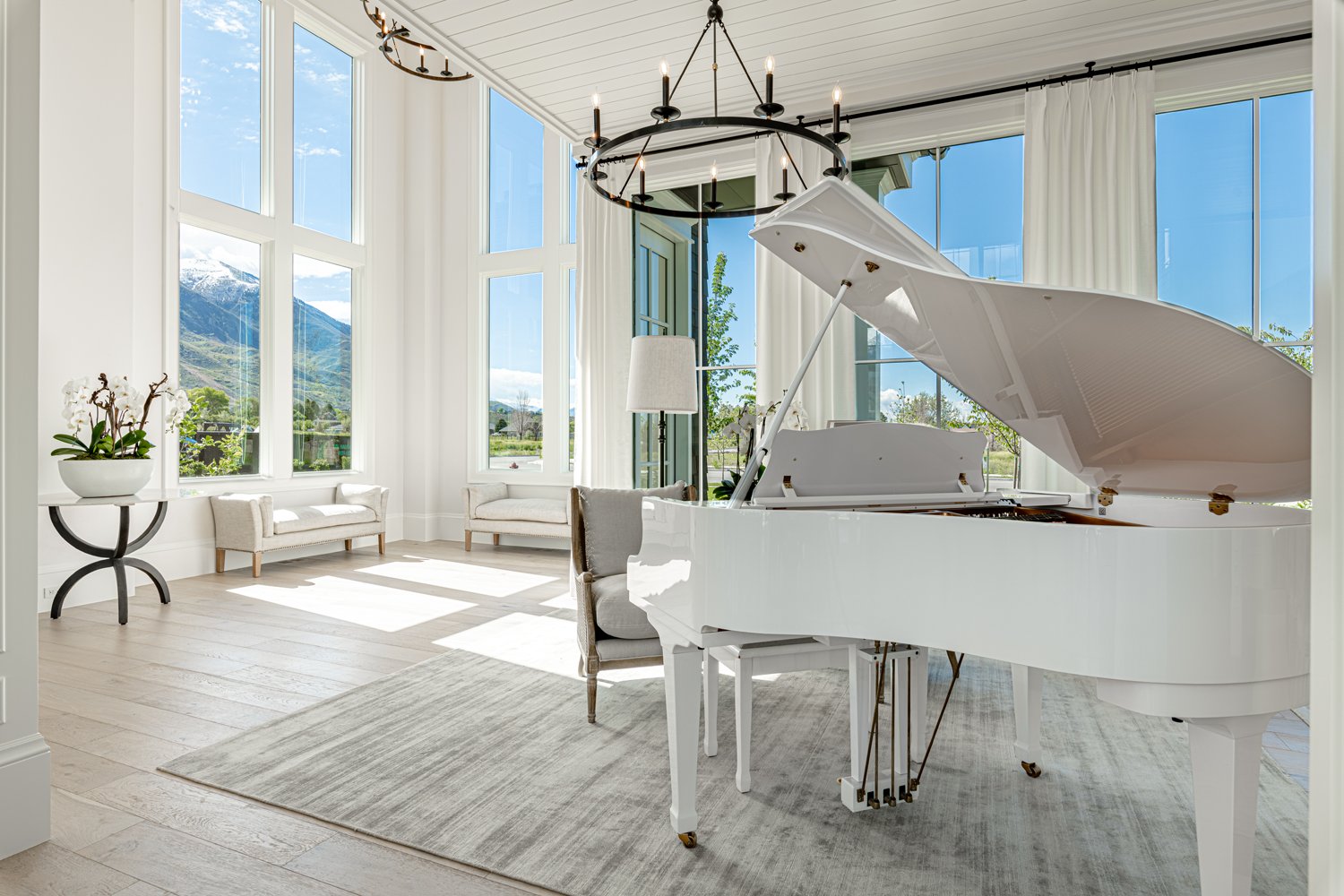

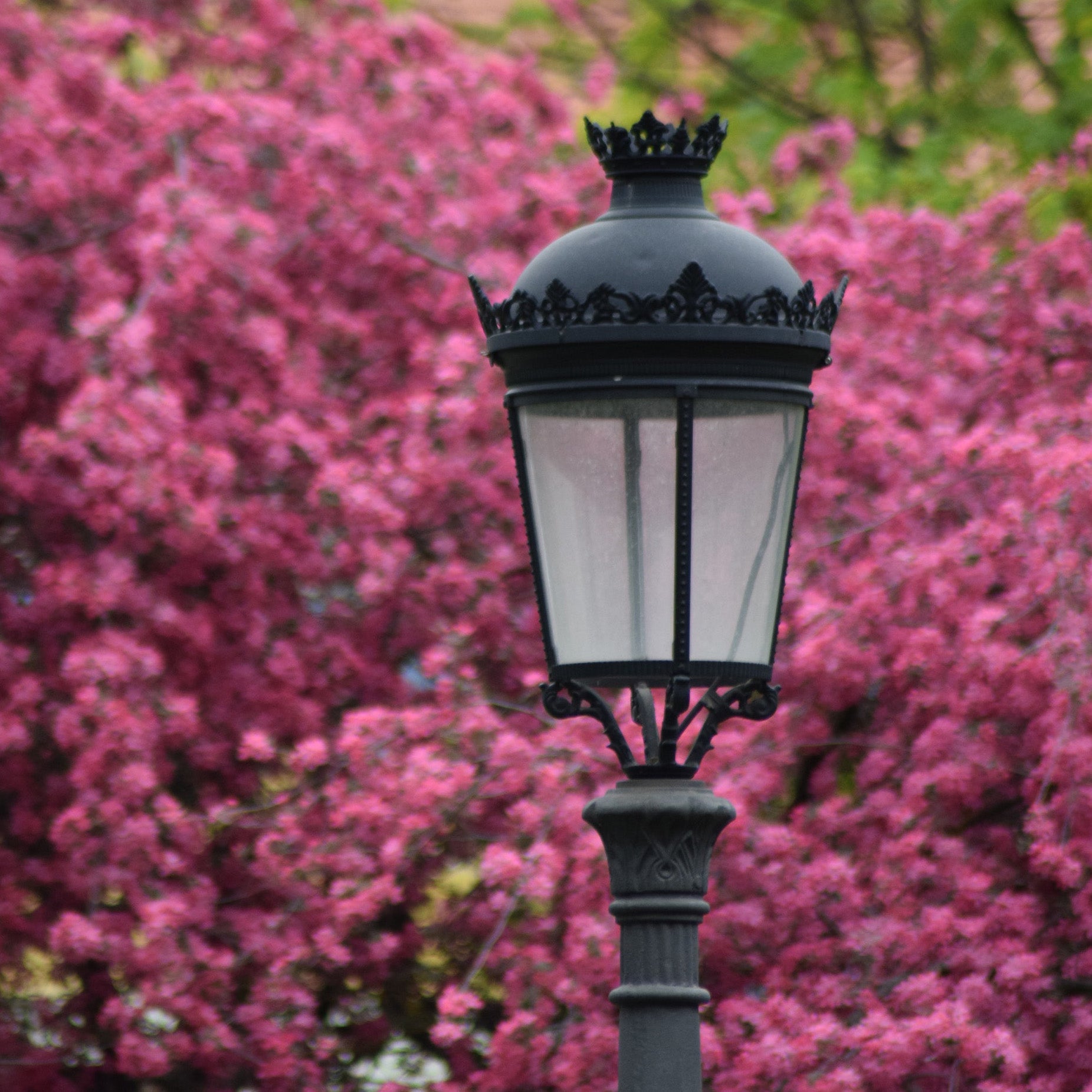






Leave a comment